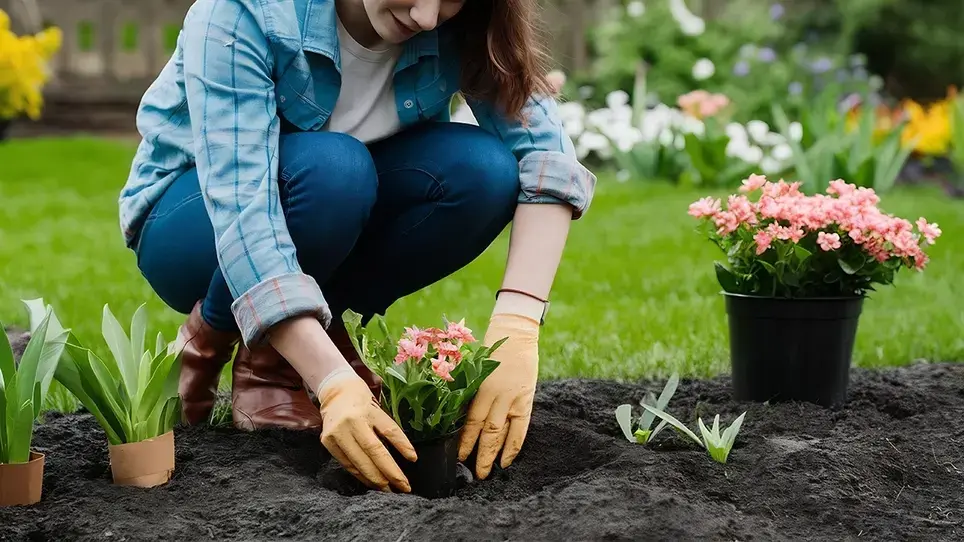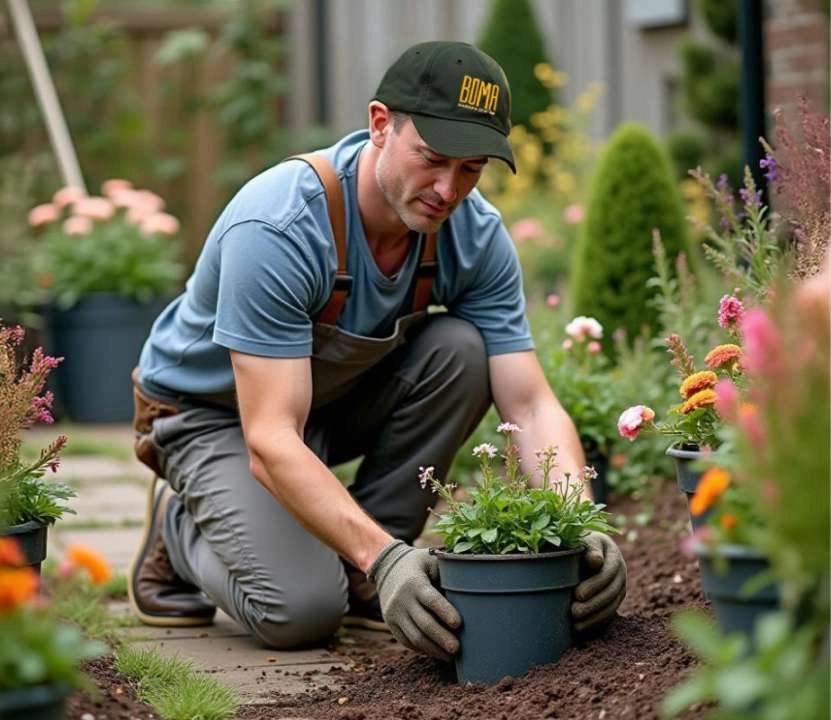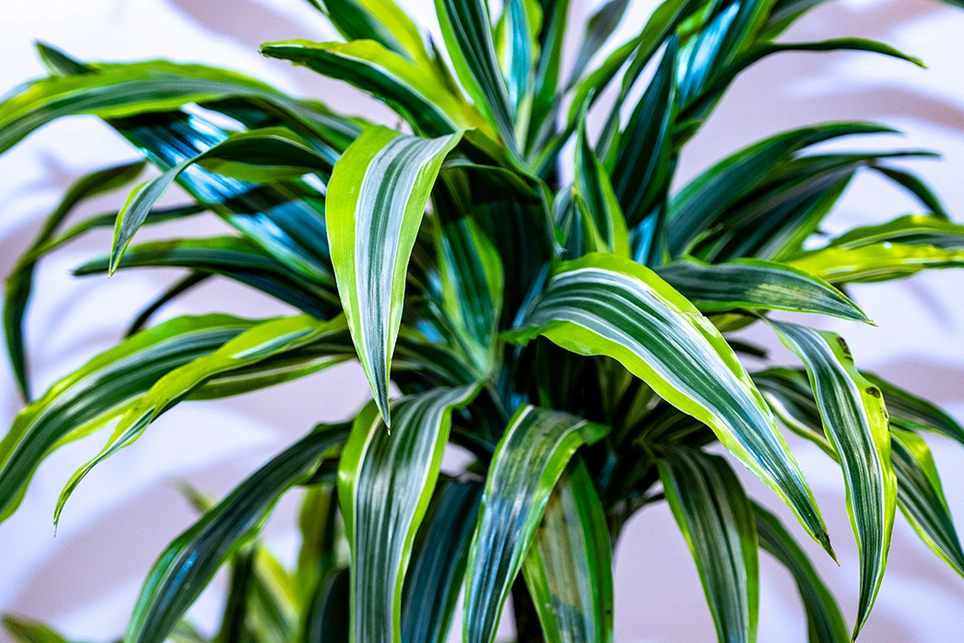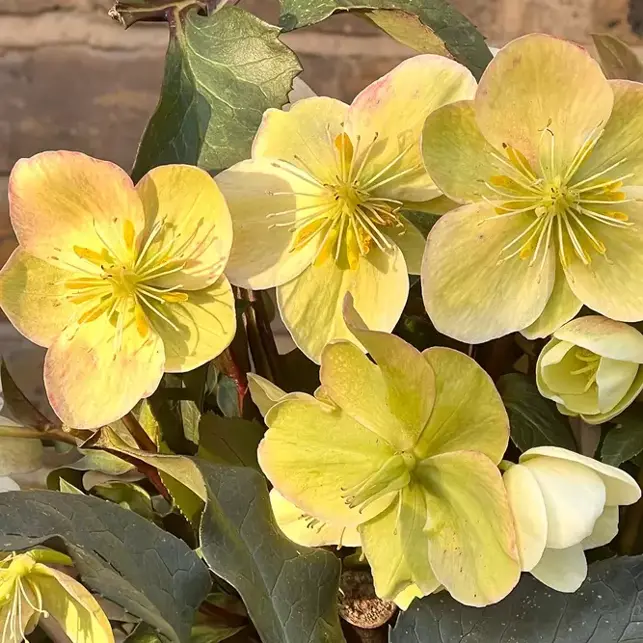
Choosing the right time to plant can make the difference between a flourishing garden and one that struggles to take root. In London, if you're tending a sun-drenched Hampstead terrace, a shaded Highgate courtyard, or a compact St John’s Wood balcony, local conditions like soil quality and exposure play a huge role in success.
While it’s tempting to dive in as soon as the days grow longer, your plants will thank you for a little patience. Frost risk, soil temperature, and daylight hours vary across the city, so understanding your neighbourhood’s microclimate can help you know when to sow seeds or plant out young crops.
This guide will walk you through the main seasonal planting windows, show how to factor in the challenges and quirks of London gardens, and help you plan ahead so that every plant, from balcony pots in Camden to family gardens in Muswell Hill, gets the best possible start.
So, When is the Best Time to Start Planting My Garden?
For most UK gardens, the main outdoor planting season begins in March and April, once the soil has warmed to at least 7–10°C and the risk of frost has passed. Tender crops like tomatoes, courgettes, and runner beans should be planted later, from late April to early June, while hardy vegetables, perennials, and shrubs can go in earlier.
Spring-flowering bulbs are typically planted in autumn (September–November), though prepared or forced bulbs can be started indoors in winter for early blooms. Always consider your local frost dates, soil type, and microclimate to choose the best moment for each plant.
Understanding the UK Gardening Calendar
The UK’s growing season is framed by late frosts in early spring and first frosts in late autumn. This makes it essential to check the planting calendar for your region, considering key details like soil warming, daylight hours, and local microclimates. Sowing indoors in individual pots or an unheated greenhouse helps protect new plants during cool snaps, while most vegetables are planted outdoors from late March onwards.
For those planting a vegetable garden, asparagus plants, brussels sprouts, pak choi, and early potatoes can also be started in early spring for a long growing season. Hardy plants are sown earlier, while tender crops (such as tomatoes and cucumbers) should only be planted after the last frost, typically late April to early June, or when outdoor conditions are reliably mild.
Best Planting Seasons by Plant Type
| Plant Type | Spring Planting (Mar–May) | Autumn Planting (Sep–Nov) |
| Tender Vegetables | Tomatoes, beans, courgettes, annuals | — |
| Hardy Perennials | Most perennials, shrubs. (Perennials can also be planted in midsummer if soil moisture is maintained) | Garlic, onions, hardy bulbs, bare-root trees |
| Bedding Plants | Summer bedding (petunia, begonia) | Violas, pansies, wallflowers |
| Spring Bulbs | — | Daffodils, tulips, crocus, snowdrops (plant in Sep–Nov) |
| Trees & Shrubs | Container-grown stock | Bare-root stock, hedging (Late Autumn - early Spring) Container-grown stock |
Month-By-Month Planting Guide for 2025 (UK)
Each month offers unique planting opportunities. Use this calendar for reference, then adapt for your microclimate and Boma’s in-stock plants.
| Month | What to Plant/Sow |
| January | Prepared/forced bulbs (hyacinths, narcissus, tulips, crocus), broad beans (indoors), onion seeds (indoors, from late January/February), herb seeds. |
| February | Prepared/forced bulbs (hyacinths, narcissus, tulips, crocus), chillies & tomatoes (indoors), sweet peas (indoors). |
| March | Container roses, herb plants (chives, parsley, rosemary), early vegetables (carrots, peas, spinach, beetroot—sow outdoors from mid-March under protection or when soil is workable), bedding plant seeds, onion sets, first early potatoes. |
| April | Container roses, hardy perennials, bedding plants (snapdragons, pansies, primrose), herb plants, leeks, onions, brassicas, maincrop potatoes. |
| May | Container roses, bedding plants (geraniums, petunias, marigolds, begonias), herb plants (basil, oregano), tender vegetables (tomatoes, cucumbers, runner beans, courgettes), second early potatoes. |
| June | Bedding plants (calibrachoa, cosmos, fuchsias, impatiens), herb plants (lavender, thyme), vegetables (french beans, lettuce, chard). Note: perennials can be planted but require careful watering, better in Spring and Autumn. |
| July | Perennials (achillea, delphinium). Note: summer planting is possible but spring/autumn is better. Vegetables (kale, beetroot, autumn carrots). Established potted dahlias and nasturtiums can be added for late colour. |
| August | Bedding plants (coleus, bacopa, verbena—usually planted earlier in summer, but available as late-season top-ups), perennials (echinacea, rudbeckia). Note: summer planting is possible but spring/autumn is better. Vegetables (winter salads, radish, spinach, spring cabbage). |
| September | Container roses, autumn bulbs (alliums, crocus, hyacinths), bedding plants (asters, chrysanthemums), perennials (Japanese anemone, sedums), mustard greens, winter lettuce, sow green manures in early autumn (Sept–Oct) to improve soil for next season. |
| October | Bare-root roses including David Austen Roses (start of season), autumn bulbs (tulips, daffodils, bluebells), bedding plants (cyclamen, pansies, violas), garlic cloves, overwintering onions. |
| November | Bare-root roses, bedding plants (heathers, ornamental cabbage/kale), perennials (hellebores, bergenia), shrubs (camellia, skimmia), broad beans (outdoors). |
| December | Bedding plants (cyclamen, primrose, wallflowers), perennials (plant only in mild areas or if soil is frost-free and workable), indoor herbs and greens, winter planning and preparation. |
For a seasonally-planted and designed London garden without the headache, check out our Premium Garden Planting Service.
Preparing for Autumn and Winter Planting
Well-timed preparation ensures successful next-season growth. Proactive autumn planting lets you get ahead for next year.
What to do for autumn/winter planting:
- Plant garlic and overwintering onions in October
- Sow broad beans in November for early crops in spring
- Use green manures (cover crops) to boost soil for next season
- Mulch beds and protect perennials as temperatures fall
- Plan to grow herbs and microgreens indoors over winter
Autumn preparation tasks:
- Mulch soil to insulate against frost
- Clean/tools for winter storage, check for repairs
- Draw up bed rotation plans for the next cycle
As the outdoor season winds down, shift focus to indoor gardens—windowsill herbs and microgreens deliver fresh produce year-round.
How to Tailor Your Planting Time for Your Garden Type
For London gardeners in areas like Islington, King’s Cross, Marylebone, and Battersea, small outdoor spaces and varying sunlight patterns make timing and plant choice especially important.
Boma Garden Centre understands these city-specific challenges, offering advice on which hardy perennials, shrubs, and seasonal vegetables perform best in tight terraces, roof gardens, or south-facing courtyards.
With the right guidance and plant selection, even compact urban gardens can enjoy lush growth and seasonal colour throughout the year.
Here are a few tips:
- Urban balconies: use pots for flexible planting, extend season with fleece or covers
- City gardens: select plants based on microclimate (sheltered walls, sun traps)
- Established gardens: use soil thermometers; only plant once soil is workable
Having the right supplies to hand will help you immensely when tailoring your planting timeline or annual calendar. Here are some quick but essential products you may want to consider:
- Shop Houseplants for year-round greenery
- Shop Outdoor Plants for current stock tailored to each quarter
- Shop Pots and Planters for container growing
- Shop Compost for prepping and mulching beds
Spring vs Autumn Planting: Which Is Best?
| Factor | Spring Planting | Autumn Planting |
| Temperature | Rising—rapid germination | Cooling—less root stress for perennials |
| Best For | Tender veg (beans, tomatoes), bedding | Garlic, onions, hardy perennials, spring-flowering bulbs |
| Risks | Late frosts, sudden chill | Waterlogging, slower above-ground growth |
| Key Months | March–May | September–November |
Best Practices for All Planting Types
- Plant bare root plants and bare roots in moist, well prepared soil from late autumn through early spring, as this is when they establish best.
- Sow seeds (both vegetable seeds and wildflower seeds) in early spring, once the soil is soft enough to work.
- Plant potatoes and sow vegetable seeds in a sunny spot or partial shade depending on variety.
- Plant tomatoes, courgettes, and other summer crops from late April to early June, once warmer temperatures arrive and after the last frosts have passed.
- Maintain soil moist but never waterlogged, water regularly, and use organic matter and compost to retain moisture and encourage healthy plants.
- For bedding plants and new plants, use good drainage and avoid planting too early in cold, wet soil.
Best Planting Seasons & Months Summary
Ready for a flourishing 2025 garden? You might be itching to start planting in February or pre-planting bulbs in autumn, however you do it, timely planting is the key to magical and productive growth year-round.
Boma Garden Centre delivers expertise, urban-friendly options, and local advice for Central London gardeners—making the growing season accessible for every garden or balcony.
London’s M25 delivery, urban gardening expertise, and stunning in-person displays mean your plant choices fit your city life. Start planning and planting today!
Visit Boma Garden Centre Shop for seasonal selections
Best Planting Calendar UK FAQs
What is the best month to plant a garden?
March and April are the top months to begin planting most UK gardens, as the soil becomes workable and risk of frost subsides. For robust results, start hardy crops indoors in late winter, then move tender varieties outside from late April to May once temperatures rise.
When should I start planting things in my garden?
Begin planting indoors as early as January for hardy seeds like broad beans or onions, but the main outdoor planting season starts from March after the last frost risk. Timing always depends on local frost dates and soil temperature, so check these before sowing outside.
Is it too early to plant flowers in the UK?
It can be too early if frosts are still likely; most bedding and annual flowers are safely planted outside from late April through May. For early blooms, sow hardy flower seeds like sweet peas or cornflower indoors in late winter and transplant after frost.
How early is too early to plant?
Planting before the soil reaches at least 7°C or before the last frost date can damage tender seedlings, so avoid sowing outdoors until late March or April in most UK regions. Starting too soon under cold, wet conditions leads to poor germination and stunted growth.








